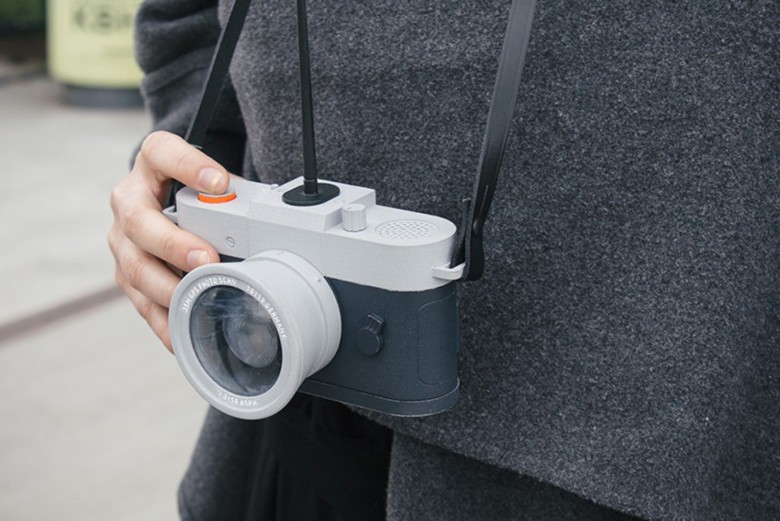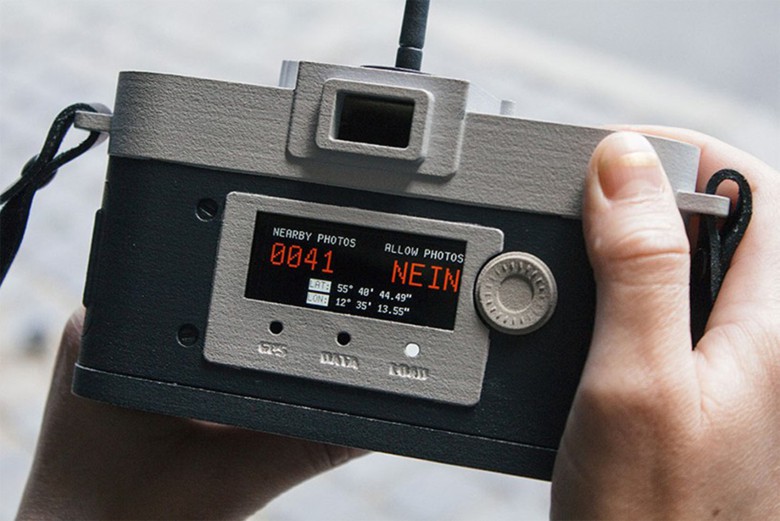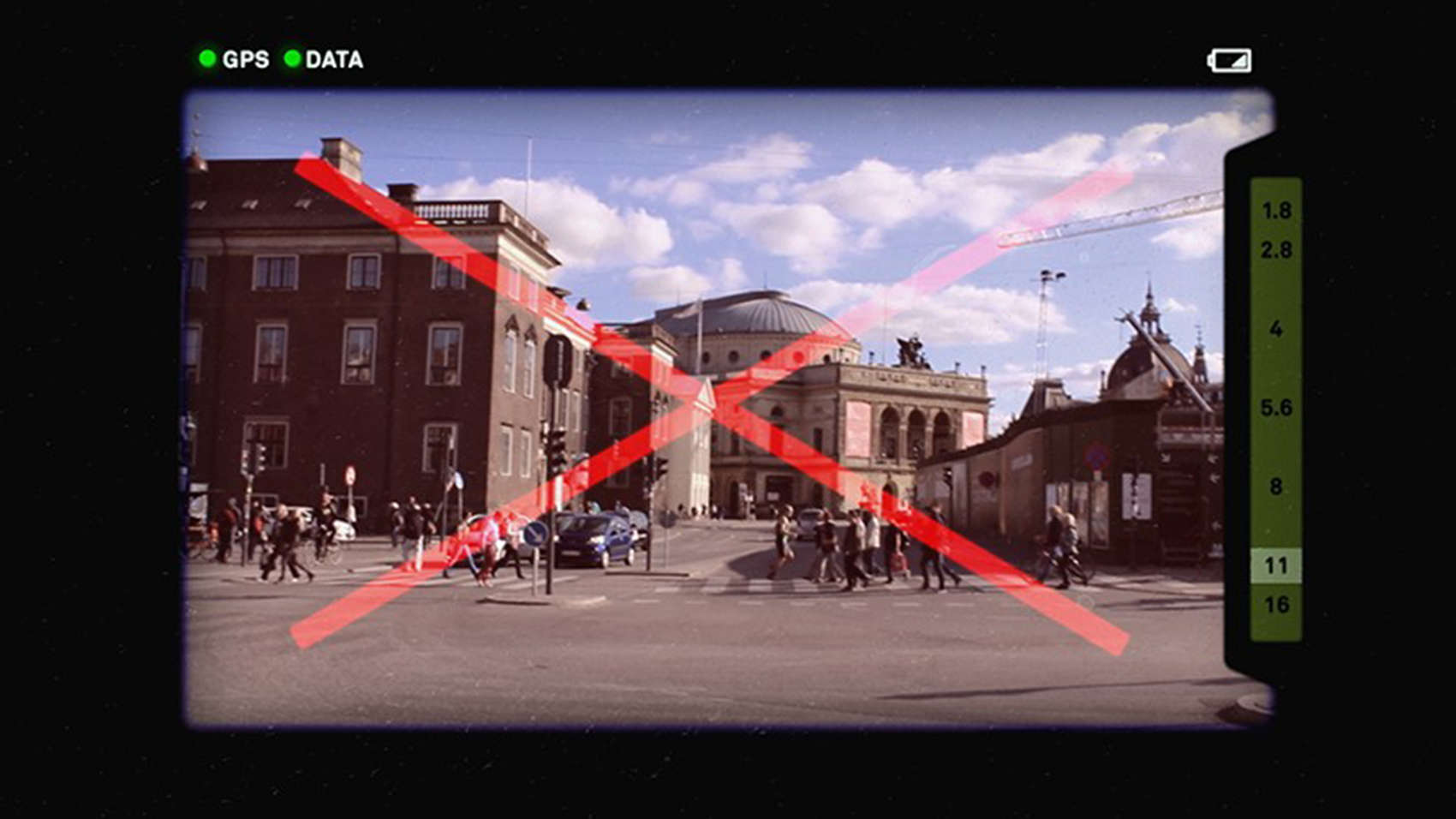Imagine pointing your lens at something and the camera not letting you take the picture because what you are looking at has been photographed too many times.
Copenhagen designer and artist Phillipp Schmitt has developed the Camera Restricta, a device that first tracks its own location and searches online for photos that have been geotagged for the area within the camera’s range.

Photo: Phillipp Schmitt

Photo: Phillip Schmitt
If Camera Restricta senses an excessive number of tags for say a landmark statue, it will retract the shutter button, flash a red X in the viewfinder and basically kill any notion you had to add to an already exhaustive collection of pictures.
More than 2,600 photos every second are uploaded to Instagram, making Schmitt’s conceptual project a statement on the tsunami of digital images and our collective obsession with documenting everything.
“Camera Restrictive could be a controversial tech product, promising unique pictures by preventing the user from contributing to the overflow of generic digital imagery,” Schmitt writes on his website. “Camera Restrictive introduces new limitation to prevent (that) overflow. As a byproduct, these limitations also bring about new sensations like the thrill of being the first or last person to photograph a certain place.”
Schmitt built a plastic camera that also houses an iPhone to monitor the geotags. The camera has an antenna and makes a Geiger-counter-like sound if a photographer is approaching a frequently photographed area.
Schmitt does not say how many pictures is too many, nor does he outline his intentions for future use or if more Camera Restrictas will be built.
Schmitt made a film (see below) and posted it on Vimeo following a photographer around Copenhagen as she tried, often unsuccessfully, to find unique places for photographs.
Source: designboom


